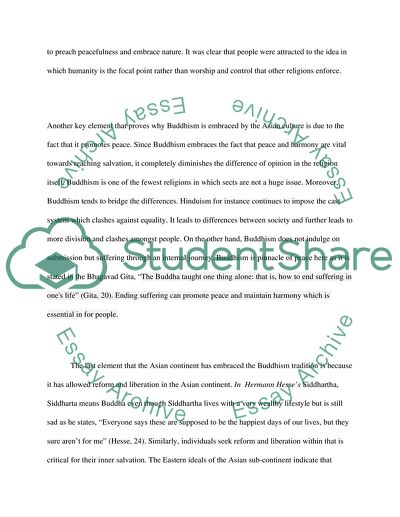Retrieved from https://studentshare.org/visual-arts-film-studies/1586175-why-is-buddhism-considered-to-be-the-only-common-meeting-ground-of-asian-cultures
https://studentshare.org/visual-arts-film-studies/1586175-why-is-buddhism-considered-to-be-the-only-common-meeting-ground-of-asian-cultures.


